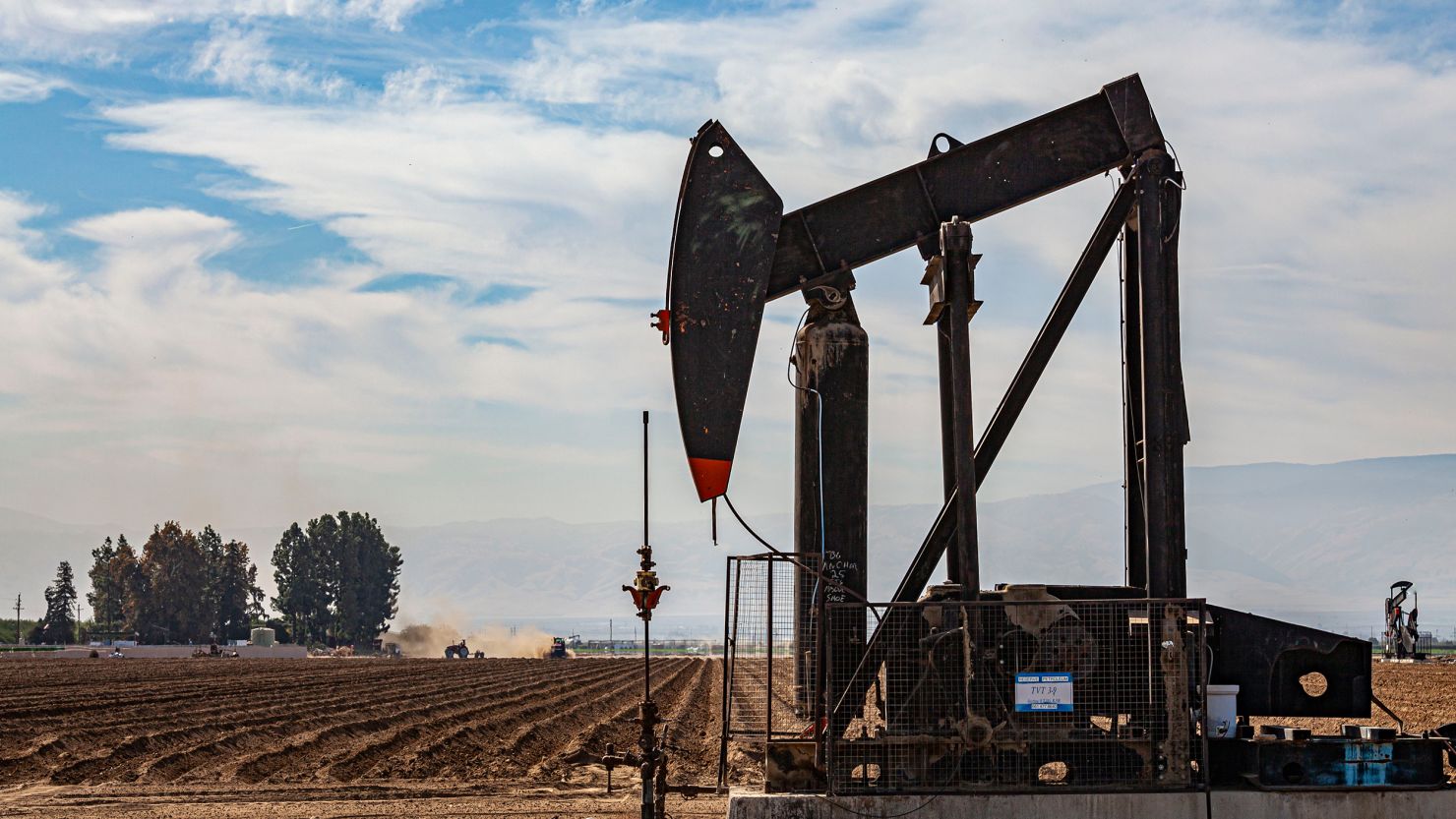Jobs in the renewable energy sector grew in 2021 as fossil fuel employment declined – even as fossil fuel production increased – according to a report released Tuesday by the Department of Energy.
Energy Secretary Jennifer Granholm said the report found renewable energy jobs outpaced economy-wide growth, noting the electric vehicle and hybrid sectors showed a “whopping” 25% job growth. Jobs in clean electricity grew by more than 4%, the report shows.
Fossil fuel jobs declined or grew at a slower rate than the economy overall, Granholm told reporters Monday. Notably, fossil fuel extraction jobs declined by 12% in 2021.
Renewable energy news
“Jobs are growing in industries we need to support a 100% clean power sector,” Granholm said.
Zero-emissions energy jobs in areas including solar, wind and nuclear made up 41% of all energy jobs last year, the report found. Jobs in the solar industry grew at a particularly strong rate, bouncing back after losses during the economic downturn in 2020.
Solar grew 5.4% last year, according to the report, adding more than 17,000 jobs and making up lost ground for the more than 28,000 jobs the sector had lost the previous year. Wind grew at a more moderate but steady pace, with land-based and offshore wind jobs growing nearly 3%, or more than 3,300 jobs. Nuclear, a more traditional form of zero-emissions energy, declined about 4% from 2020.
Fossil fuel production grew in 2021, according to the US Energy Information Administration, but the sector still cut jobs last year, Tuesday’s report found.
Petroleum jobs – onshore and offshore – declined 6.4%, an equivalent of more than 31,000 lost jobs. Coal fuel jobs declined by nearly 12%, a loss of over 7,100 jobs. While there was some growth in fossil fuel jobs in 2021, it was not enough to overcome the huge losses in the petroleum and coal sectors.
“No one is suggesting that fossil fuel jobs – that the fossil fuel industry is going to be completely eliminated, even as the globe is transitioning to clean energy,” Granholm said, adding that the Biden administration wants a clean energy transition to be “managed and orderly” and one that “does not injure people at the pump.”
Granholm noted that with economic recovery ongoing and President Joe Biden pushing for more domestic fossil fuel production in response to the US and EU energy crunch, oil and gas jobs numbers will probably increase this year.
“We expect these numbers will probably modulate a bit in 2022,” Granholm said. “You’ll see an increase in employment that corresponds with the increase in supply.”
White House Deputy National Climate Adviser Ali Zaidi said Biden’s climate target to cut planet-warming greenhouse gas emissions in half by 2030 “requires a drive to accelerate clean energy in a way that we’ve frankly never seen before.”
The growth of electric vehicles was reflected in the fact that Michigan added the most new energy jobs in 2021, with 35,500. Texas and California followed, with 30,900 and 29,400 respectively.

